President Joe Biden’s goal of having 7 out of 10 U.S. adults get at least one shot against the virus that causes COVID-19 by July 4 is in peril as demand for the jabs continues to drop.
Daily vaccinations soared to 4.3 million on April 1 and remained above 4 million on other days in early April. But the daily number of shots has since dropped precipitously, hitting a low of 180,291 on May 31, according to federal data. About 828,000 people per day on average are getting their first or second shot, according to the latest seven-day average.
Unless the number rises, 160 million U.S. adults will not be fully vaccinated by Independence Day. That was the other part of Biden’s goal.
“It’s unlikely that we are going to hit the goal by July 4,” Susan Hassig, an epidemiology professor at Tulane University School of Public Health and Tropical Medicine, told the Washington Examiner. “There just isn’t that much time left. And uptake of vaccines has slowed dramatically.”
As of Monday, 136.7 million adults in America were fully vaccinated, or have received both doses of a Pfizer or Moderna vaccine or the single-shot Johnson & Johnson jab. Another nearly 28 million had received at least one immunization. Overall, 63.7 percent of the 18-and-over population has gotten a shot or two.
About 1.8 million people would need to be fully vaccinated each day starting June 8 through June 20 to reach one part of the goal. The other piece, partial vaccinations, would require 518,518 people to get their first shot per day.
“We know that getting the next 6% of adults vaccinated is going to be hard, but we are expecting a pick up this week—the first ’regular' week after the Memorial Day holiday week,” White House chief of staff Ron Klain said in a tweet.
Dr. Georges Benjamin, executive director at the American Public Health Association, agreed.
“I’m highly optimistic, but it will be tight,” Benjamin told the Examiner. “The administration has revved up advocacy, public health, and other groups for this next month. If that revs up to the capacity that we know exists, that’s where you’ll see my optimism.”
Even if the goal is not met, federal officials plan to keep working to get more and more people vaccinated.
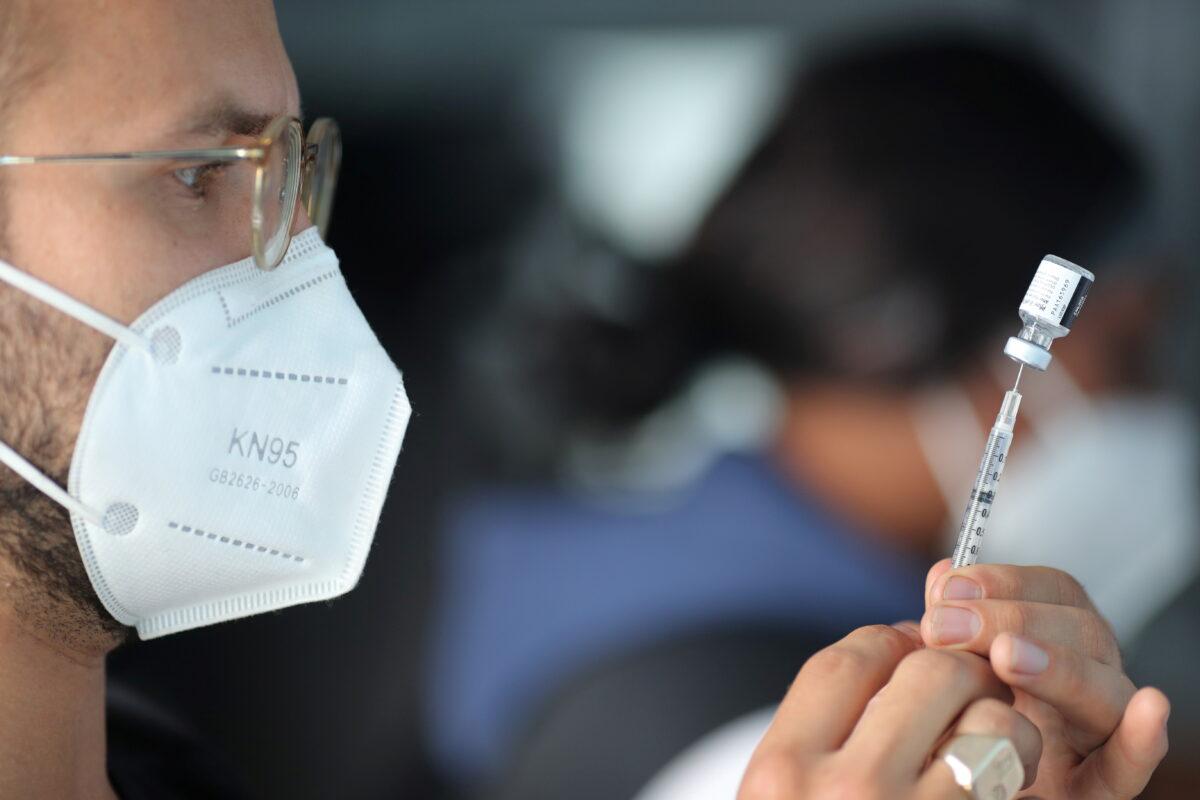
States have tried to do their part to encourage people to get shots.
The gambits have not worked everywhere. Oregon saw its vaccination rate continue to fall after Gov. Kate Brown said recipients would be entered into a lottery. Ohio has also struggled more recently to avoid wasting 200,000 Johnson & Johnson shots that will expire on June 23. State officials said they were prevented legally from sending the doses to other states or countries.
Critics have begun zeroing in on each state’s vaccination rate, noting that some have under 50 percent of adults vaccinated while others have breached the 70 percent threshold.
But some are noting that the number of COVID-19 cases, deaths, and hospitalizations have kept decreasing as the year wears on.
The seven-day average of 13,277 cases per day is a 94 percent drop from the cases seen in January and the first time the average has been under 15,000 since March 27, 2020.
Administration officials and health experts largely credit vaccinations, pointing to studies that indicate the vaccinated are much less likely to experience severe COVID-19 if they contract the disease and less likely to pass it on to others.
Herd immunity is when a certain level of people are vaccinated or have natural immunity to a disease in a specific population.
Hesitancy to get vaccinated has also been driven by being part of a group that faces little danger from COVID-19, concerns about adverse events seen in a small percentage of vaccine recipients, and belief in immunity post-recovery.
The Centers for Disease Control and Prevention (CDC) and other health agencies have downplayed or written off natural immunity, or immunity in people who have contracted COVID-19 and since recovered, instead urging just about everybody to get a shot.
“If you don’t get vaccinated, you are at risk. If you get vaccinated, you dramatically diminish the risk of getting infected and almost eliminate the risk of serious disease,” Dr. Anthony Fauci, the director of the National Institute of Allergy and Infectious Diseases, told a briefing on Tuesday.
That’s rankled Sen. Rand Paul (R-Ky.) and others, who insist that studies indicate past infection is enough for now.
“We’re in a society that has reached a level of protective community immunity, with the majority of people either having vaccine-induced or prior-immunity. We should be okay living through it. We still have more people being vaccinated every day and we need people to change their thoughts and to honestly recognize that the emergency is over. The pandemic is not but the emergency is over. And it is time to move forward.”
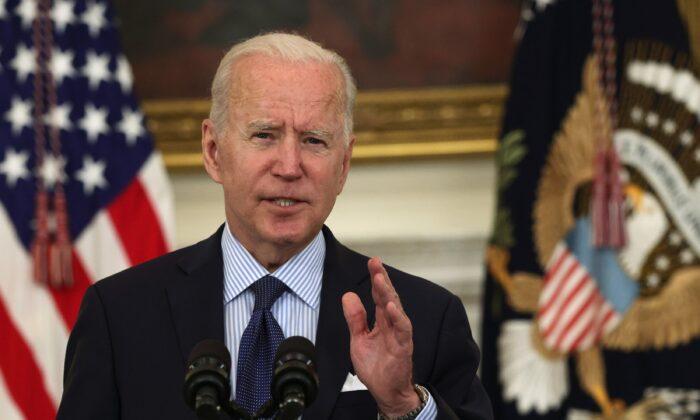


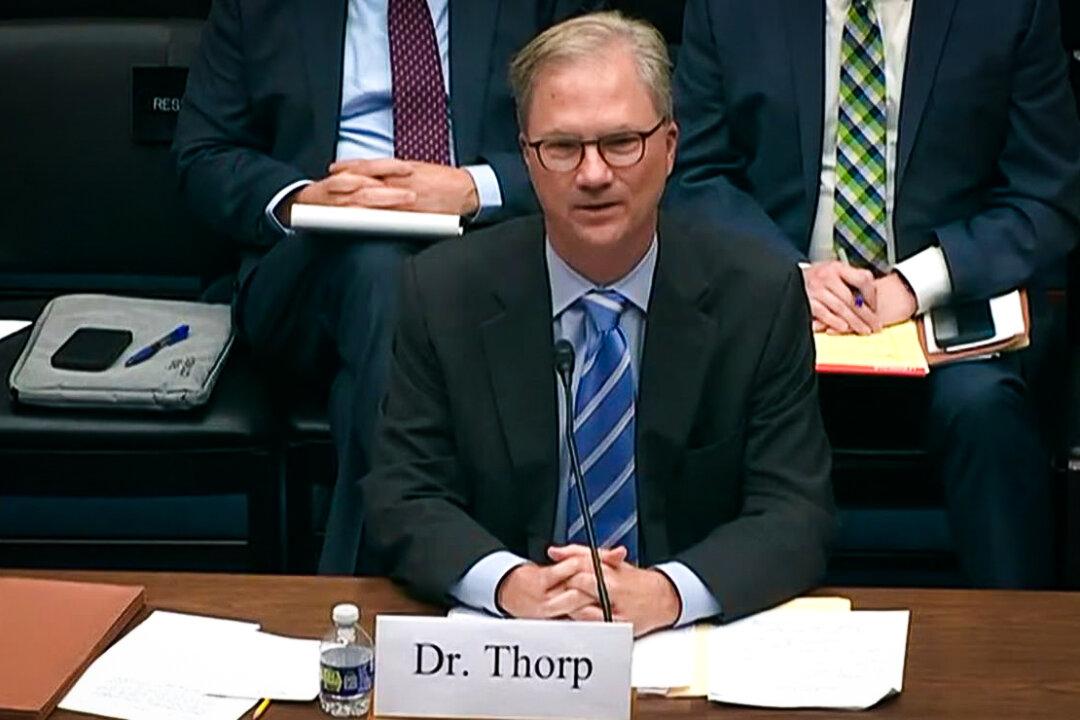
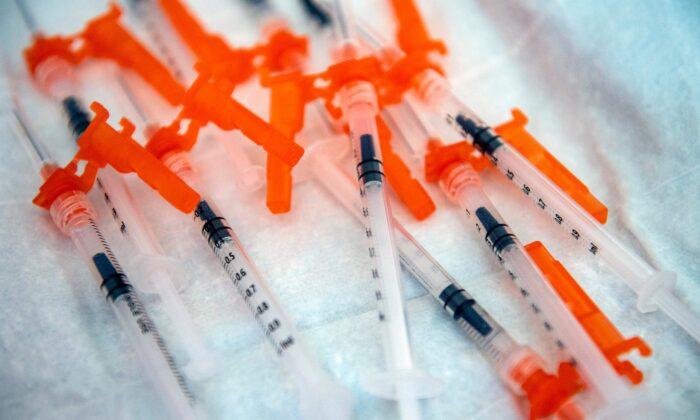
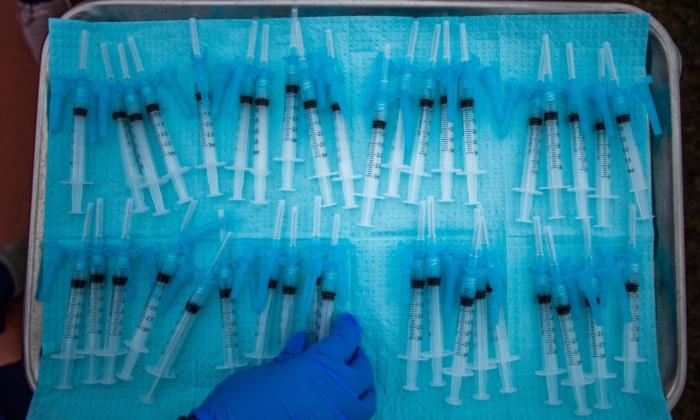
Friends Read Free